Latest NRAO News
News is managed by NRAO News & Public Information. Questions about News? Have a story to share? Want to interview a scientist or create new media about our telescopes?
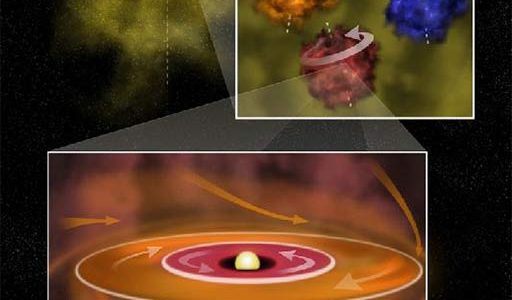
Astronomers studying a disk of material circling a still-forming star inside our Galaxy have found a tantalizing result — the inner part of the disk is orbiting the protostar in the opposite direction from the outer part of the disk.

Astronomers using the National Science Foundation’s Green Bank Telescope have discovered the fastest-spinning neutron star ever found, a 20-mile-diameter superdense pulsar whirling faster than the blades of a kitchen blender.
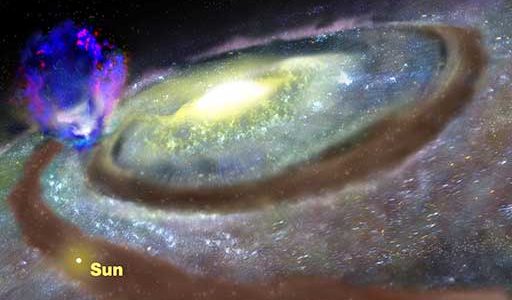
Astronomers using the National Science Foundation’s Green Bank Telescope have discovered a huge superbubble of hydrogen gas rising nearly 10,000 light-years above the plane of our Milky Way Galaxy.
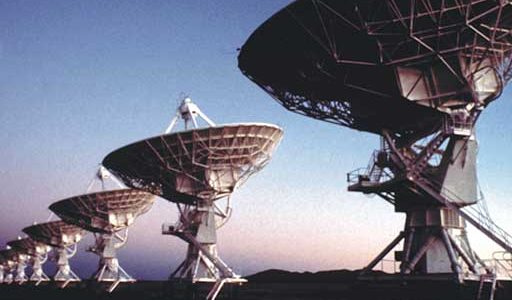
Astronomers have found a relatively tiny galaxy whose black-hole-powered central engine is pouring out energy at a rate equal to that of much larger galaxies, and they’re wondering how it manages to do so.
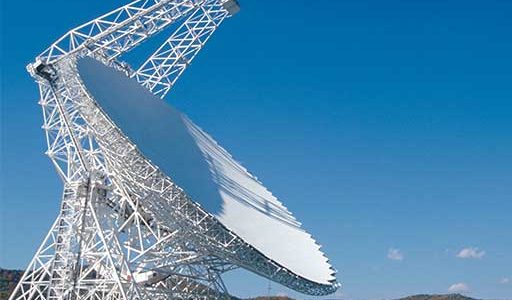
An international team of astronomers has looked at something very big — a distant galaxy — to study the behavior of things very small — atoms and molecules — to gain vital clues about the fundamental nature of our entire Universe.
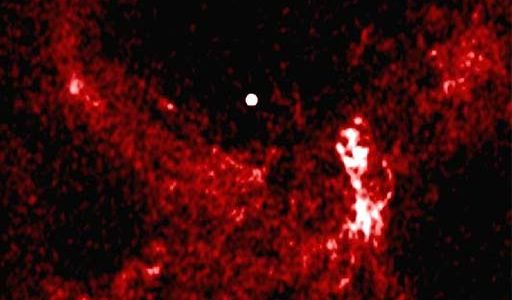
Astronomers have gotten their deepest glimpse into the heart of our Milky Way Galaxy, peering closer to the supermassive black hole at the Galaxy’s core then ever before.





